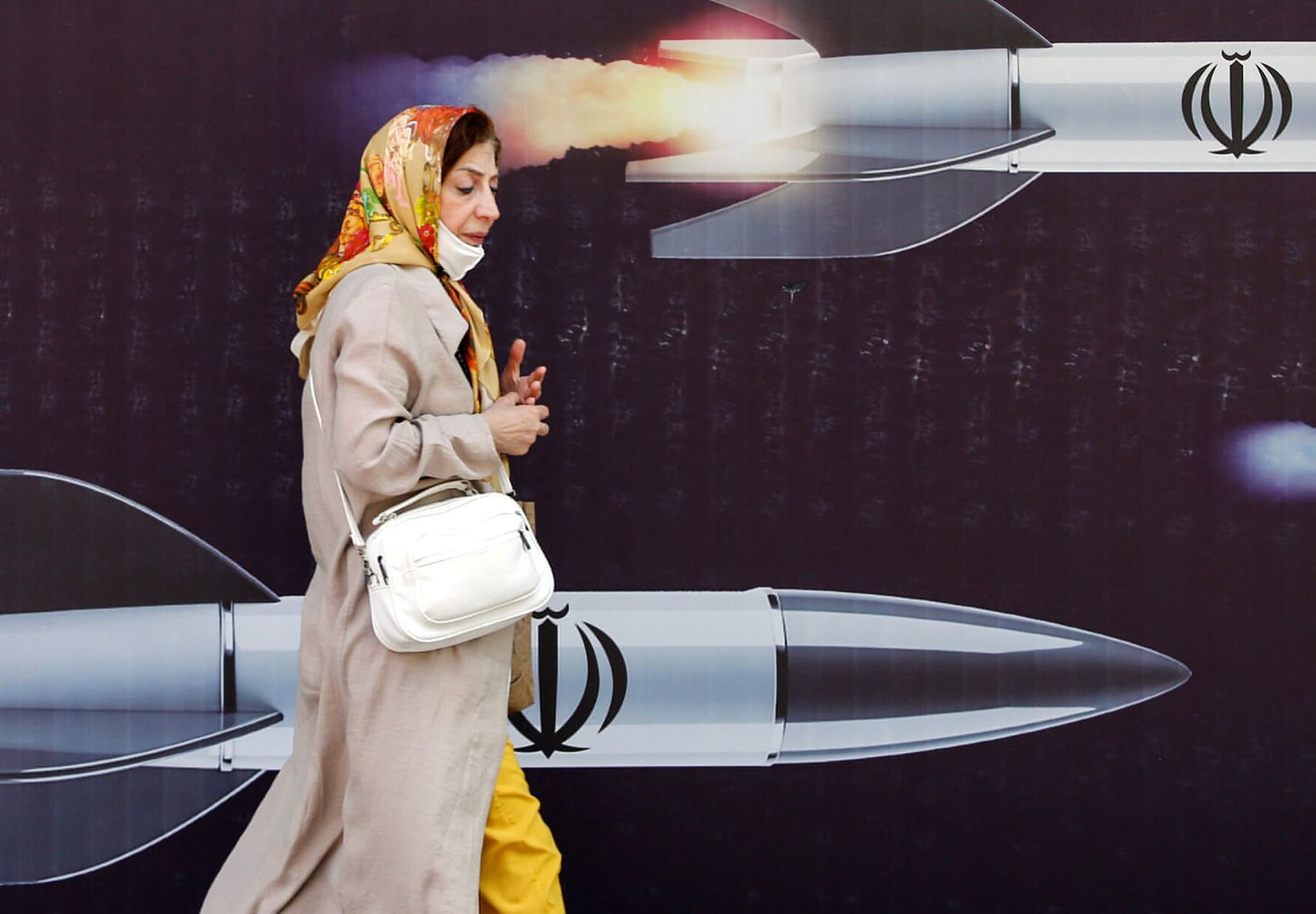We have always known that making predictions in foreign policy is among the most complex exercises imaginable. However, in a specific case we can say that we have committed a grave error of approximation. In recent years, in fact, there has been an increase in analyzes aimed at demonstrating the reduced importance of the area from Morocco to Central Asia, that broader Middle East which remains crucial for global geopolitical and security balances. The progressive disengagement of the United States, also as a consequence of the achieved energy autonomy, the preponderant and overbearing arrival of other global powers such as China, interested in defining a détente between regional actors to serve its own growth and expansion objectives, and the monopoly of attention on the consequences of the Russian invasion in Ukraine have led to the presumption of a more marginal role for that quadrant in the coming years.
Tensions and possible clash between Israel and Iran
History, however, has taken its revenge in an area that has been, still remains and will be for the future essential in the composition of world balances, as a dangerous crossroads for the spread of chaos. The clash between Israel and Iran in recent weeks should therefore not sound like a surprise or an occasional episode. We are faced with yet another paradigm shift in the codification of relationships between states, interests and geopolitical ambitions in those latitudes.
Among the many elements that lead to pessimism, to the extent that a direct military clash between Tel Aviv and Tehran would open the abyss of an extended conflict on a global scale, it is rather useful to underline those mitigating factors which – at least for the moment – allow us to avoid the worst case scenario.
Tehran responded to the Israeli targeted attack on an Iranian diplomatic headquarters in Syrian territory by unleashing a hail of fire made of armed drones, cruise missiles and medium-range ballistic warheads, but tempered the operation with plenty of warning. This allowed the sophisticated Israeli air defenses and allied assets of the USA, France, Great Britain and Jordan to open a very effective umbrella and guarantee almost absolute protection. At the same time, Israel’s subsequent response was limited to a demonstration modest in size but enormous in effectiveness. Small technologically advanced drones managed to fall a few steps from the Isfahan nuclear power plant, one of the most important in the country, a sensitive target due to Iran’s well-known ambitions to enrich uranium to produce an atomic bomb. Although Tel Aviv has officially denied its responsibility, the message sent to the ayatollahs and international chancelleries appeared clear: we are capable of striking anywhere, without warning and with a level of surgical precision.
The new dynamics of the conflict in the Middle East
The peak of tension seems to have passed without irreversible consequences. However, this passage marks a paradigm shift. Iran has historically relied on the instrument of proxy warfare, using its proxies in the region (from Hezbollah in Lebanon to the Houthis in Yemen) to target vital interests on Israeli soil. It is therefore the first time that we have witnessed a direct attack from Tehran. Israel has also preferred in the past to respond with alternative tools to direct military offensive, often hitting Iranian targets in the region, sometimes intervening directly but with the weapons of cyber space: famously it sent a computer bug into the network which suddenly blocked Iranian capacity and ambitions to enrich uranium at the Natanz nuclear power plant. Today the dispute between the two states is significantly changing and opens up the prospect of a military confrontation without filters or intermediaries.
The second relevant aspect refers to the internal dynamics of Iran. It is evident how a new generation of militant guardians of the faith, the so-called pasdaran, is taking over the old guard of the ayatollahs who lived through 1979 and the Khomeini revolution as protagonists. The “hit and run” tactic towards Israel through the Shiite crescent and pro-Iranian groups no longer meets the expectations of those who consider the attitude of the Islamic Republic in recent decades to be too compliant.
The third new element involves the prospect of a profound reorganization of the geopolitical balance in the region. Recent history speaks of a concrete opportunity to give life to the Abraham Accords, through the historic signing of a peace and mutual recognition agreement between Israel and Saudi Arabia. We know that that plan was shattered in the most macabre way possible last October 7 with the Hamas attacks on Israeli territory and the subsequent start of military operations in Gaza. However, the increase in tension and concern about the Iranian attitude may not have completely eliminated this prospect, which once again becomes the main element to look at for the near future.
The wider Middle East therefore remains a crucial crossroads for the balance of the world. The crowding of regional and global powers and often divergent interests makes this vast region particularly delicate and complex. The West would do well to think twice before declaring the end of its interest in that area, through which much of our security passes.
